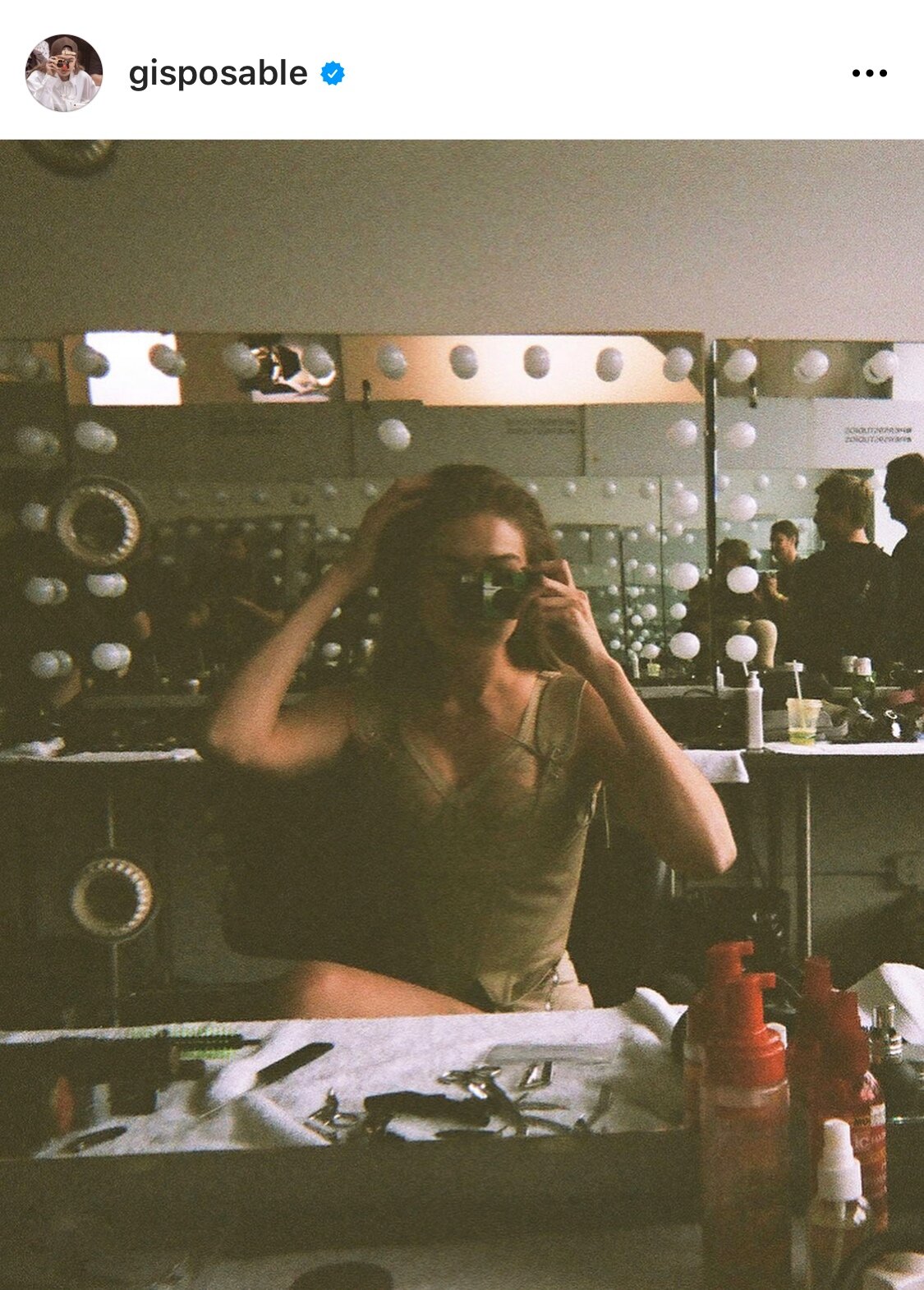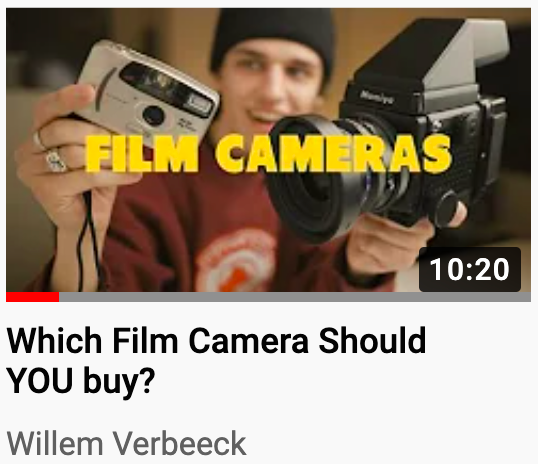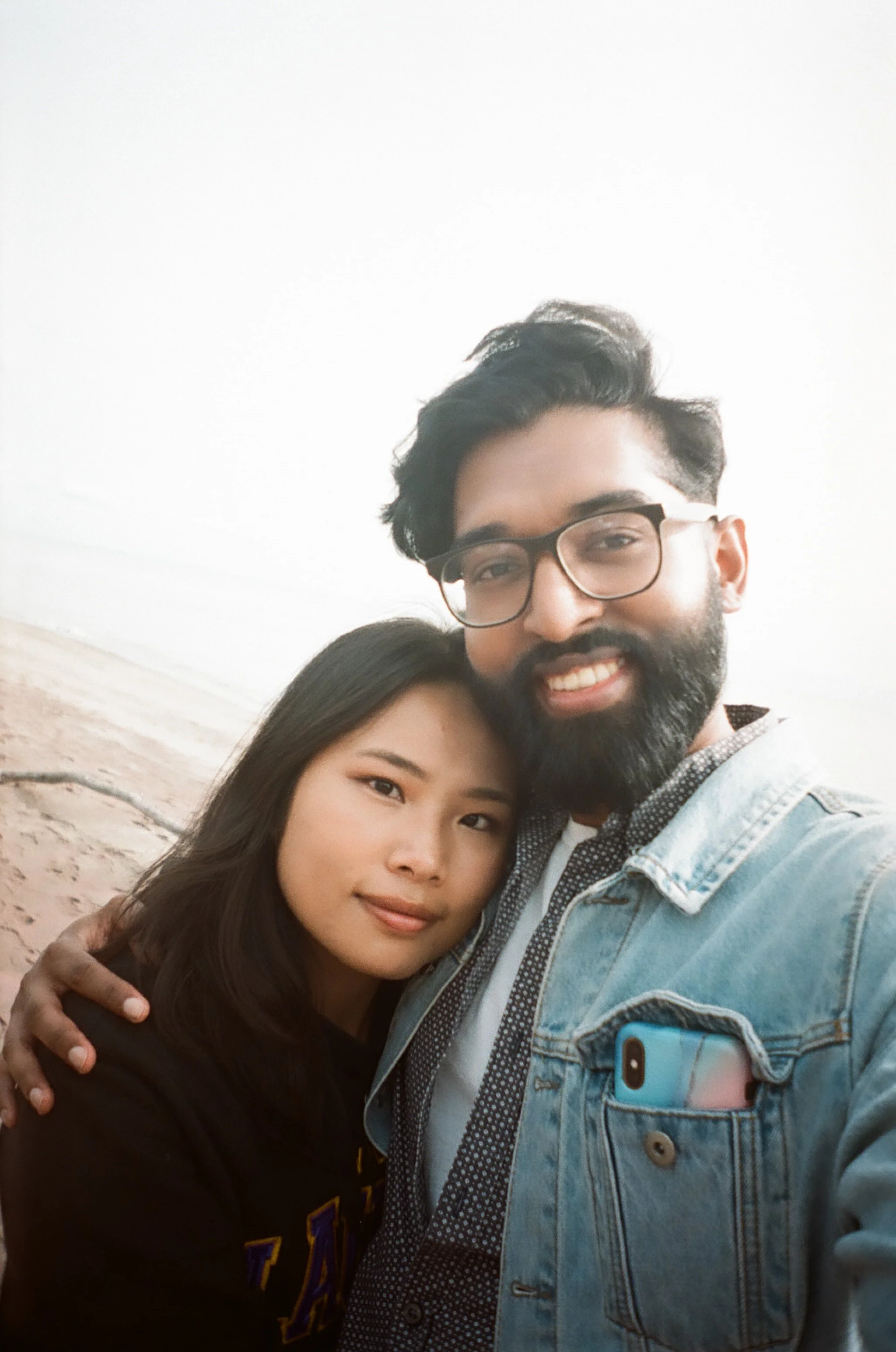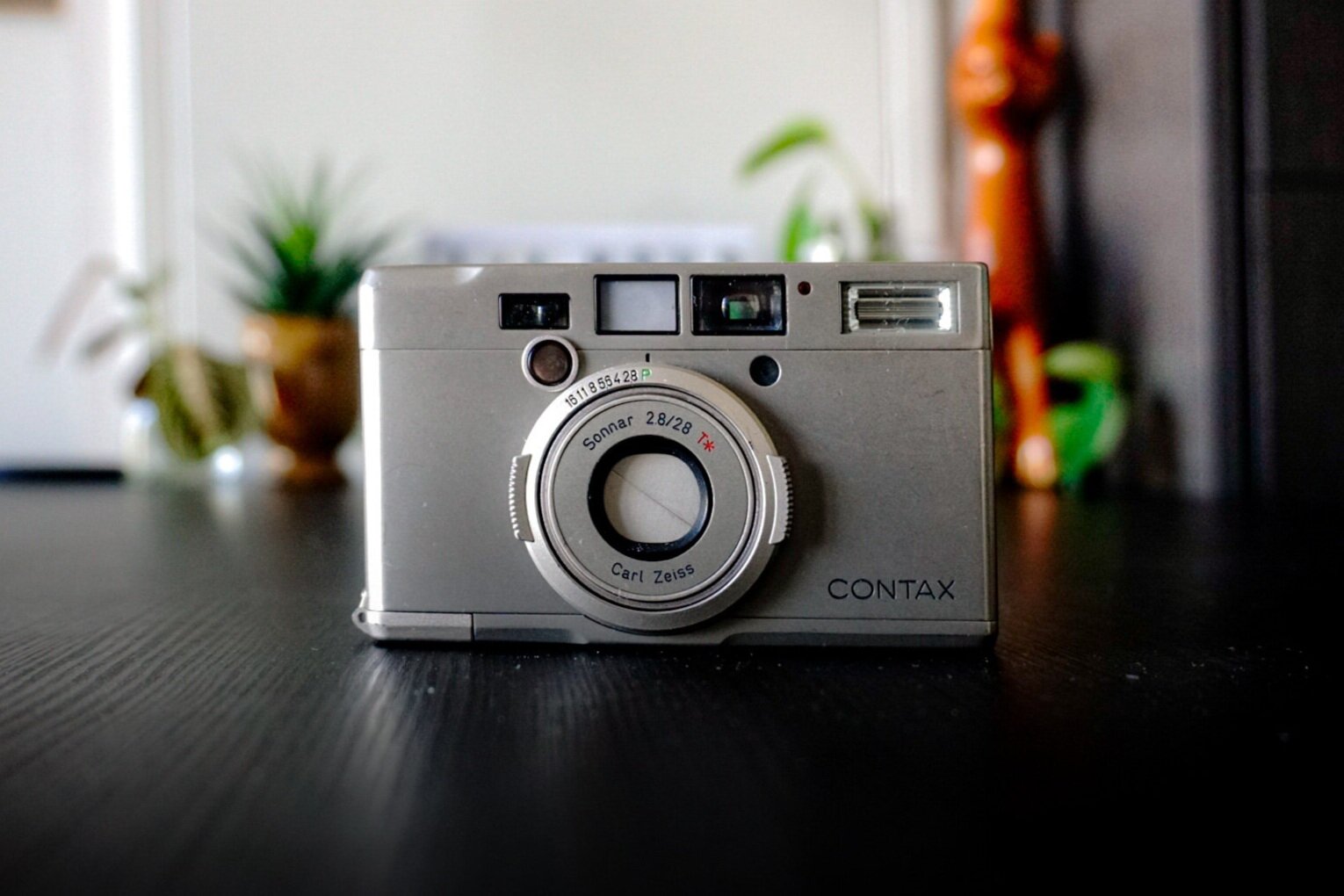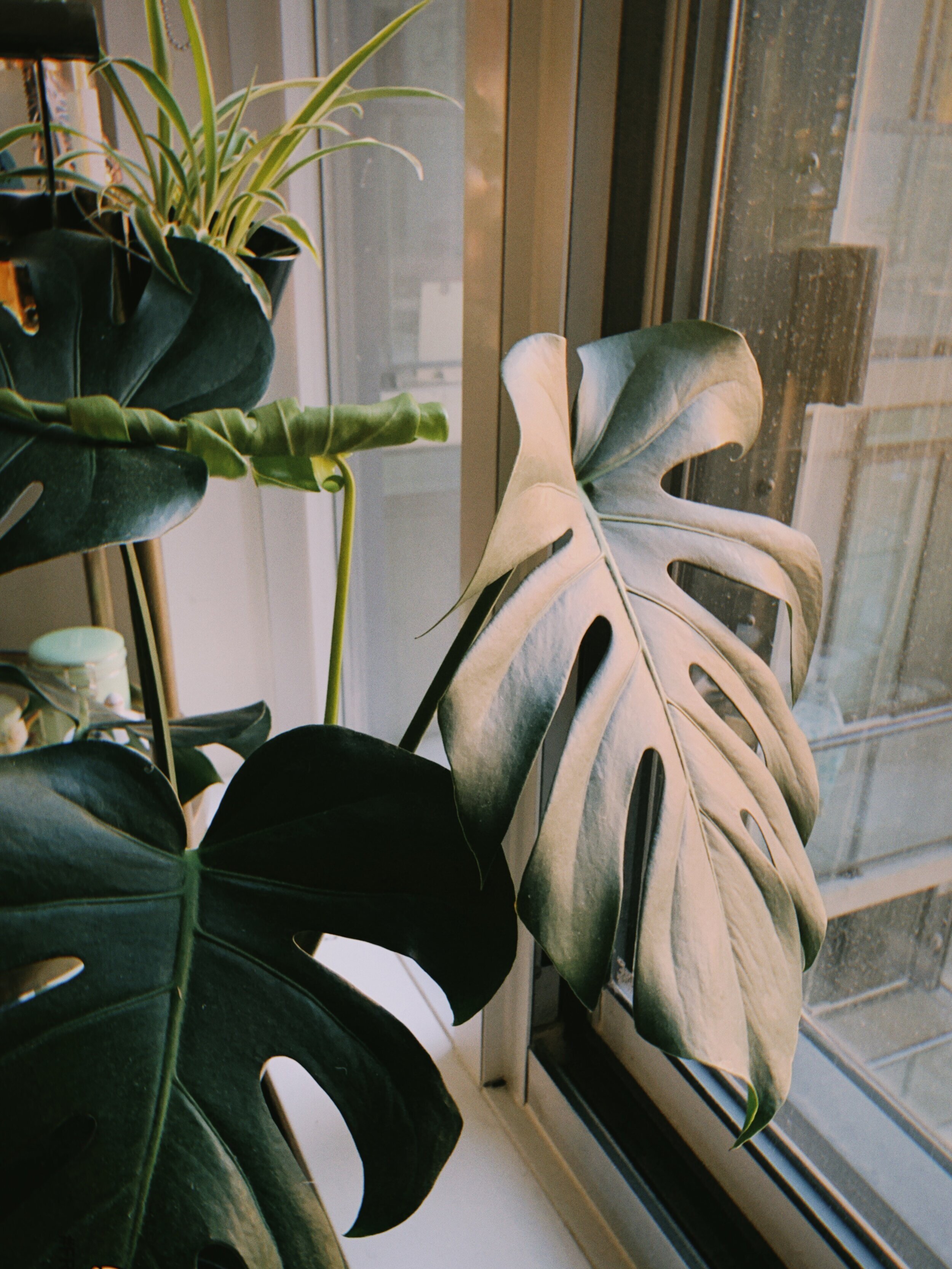It's Time to Ditch Your Disposable Film Camera: Here Are Some Underrated Alternatives
Film photography’s rise in popularity amongst social media’s top influencers drew many to demand disposable cameras: the cheapest and easiest way to achieve this niche aesthetic. However, their single-use plastic bodies pose an issue for the environment - here are four underrated reusable disposable camera alternatives that I constantly reach for!
The resurgence of film cameras and disposables
Without a warning, film photography made a huge splash in 2017 when its explosion onto the mainstream scene was brought on by social media’s top influencers.
From model Gigi Hadid’s disposable film account on Instagram (@gisposable) to Gucci’s 2018 pre-fall campaign featuring Harry Styles, film is not only alive again but its timeless aesthetic has been resurrected to become a visual vehicle for modern brands to drive their storytelling.
While conventional ad creatives portray polished perfection, film offers a raw, personal, and intimate appeal to its audience. Now, the world wants to replicate their favourite celebrities’ nostalgic lofi appearance in the easiest way possible.
However, as supermodels like Gigi Hadid with an audience of 69 million followers frequently wield disposable cameras around at exclusive events like Paris Fashion Week and the Met Gala, we witness an inherently irresponsible phenomenon.
The public is now marketed towards the disposable camera: the cheapest and easiest way for beginners to recreate her supermodel aesthetic.
Instagram: @gisposable
The problem with disposable cameras
With disposable cameras, the repeat purchase of these single-use plastic bodies comes at a hidden environmental cost.
Although the two main players of the disposable camera market, Kodak and Fujifilm, have their respective recycling programs to repurpose and reuse disposable camera bodies, we still run into some inevitable concerns:
Not all disposable cameras are returned to their respective manufacturer’s recycling facilities.
Cameras that don’t end up at these facilities end up in landfills, or they end up in municipal recycling facilities that do not all have the ability to process black plastics (Toronto is an example).
Plastics that can’t be recycled are landfilled along with cameras made by producers without a recycling facility. With our planet’s growing crisis with plastic waste, this is an unsustainable and irresponsible option for photography.
Recycling acts as a band-aid for our harmful addiction to single-use plastics
Despite Kodak and Fujifilm’s existing recycle and reuse program for their disposable cameras, defaulting to recycling as a complete solution leads to some problematic effects:
Plastics weaken every time it is recycled. To continue to meet the demand for disposable cameras while maintaining quality, manufacturers have to still use more virgin plastic in their recycling process.
Recycling plastics requires energy consumption that can just be completely avoided if a reusable camera was purchased instead.
How do we fix this?
It’s simple: ditch the disposable camera and purchase a reusable film camera.
Here are more reasons why you should’ve done it already since yesterday:
Disposable cameras use pre-loaded cheap film stock. With a reusable camera, you can get creative and choose your own film stock (and even choose better ones too!)
To still achieve Gigi Hadid’s green-toned film feel, I recommend my all-time favourite stock: Fujifilm Superia 400.
To stick to the Fujifilm disposable camera’s default film stock, go with Fujifilm C200.
Disposable cameras have plastic lenses and cheap processing systems. In contrast, cameras that are built for repeat use will have sharper glass lenses and better processing systems; giving you sharper and nicer photos as well as more photos that actually turn out.
Although navigating film photography past the cheap and easy disposable can be daunting, there is—fortunately— plenty of beginner-friendly and affordable options on the market!
As someone that has used disposable cameras in the past as a beginner and then chose to give it up, here are the four main reusable alternatives that I was able to pick up instantly for my day-to-day shooting:
Minolta Big Finder F35/F50
The better quality dupe for your disposable camera
The Minolta F50 and its twin model, Minolta F35, are two severely underrated cameras. Not only are their glass lenses some of the sharpest I’ve used at its price point, but their huge viewfinders also make it a breeze to compose your shots perfectly.
Like the disposable camera, the camera’s processing system takes all the nuances of focusing and exposure out of the equation for you - so all you have to do is just compose and click!
It’s a foolproof point-and-shoot that is compact, lightweight, and highly affordable.
The F50 version has timestamps in the bottom corner of the photos that I personally find super charming and has manually selectable flash options. The F35 version has a wide-angle lens that allows you to capture images at a focal length similar to disposable cameras.
The best part: the YouTuber king of film photography, Willem Verbeeck, owns one of these bad boys too! I’d say if it’s good enough for him, it’s good enough for me.
What if I don’t want a Minolta Big Finder but still want a good dupe for a disposable camera?
That’s fine! In essence, any point-and-shoot film camera will give you the hassle-free results you’re looking for in a disposable camera - but please keep these tips in mind when looking for your point-and-shoot:
Look for a camera from the late 90s to early 2000s: these cameras will typically yield newer features that make them more user-friendly for beginners.
Stick to a camera with a fixed lens: prime/fixed lens cameras are typically sharper than cameras with zoom lenses. They also shoot images faster by removing the extra process for your camera to zoom its lens to focus.
Another good tip is to check out Lomography to see the type of photos your chosen camera would take.
This website, which holds a repository of photos from almost every camera imaginable, helps with making sure that you like the results produced by your camera’s built-in lens and processing system before you buy it.
Images shot on the Minolta Big Finder F35/F50
Minolta x-370/x-700
The beginner-friendly camera with aperture priority
Needless to say, I am a huge fan of any Minolta system. I purchased my first Minolta camera, the Minolta x-370, as a Christmas present for my boyfriend and we brought it on our first trip to Montreal. Let me tell you: we were deeply impressed by the quality of the images that it took— despite us both knowing nothing about film photography prior to shooting with it.
When paired with its super sharp kit lens (Minolta MD 50mm f1.7), you get a superb camera system with the perfect focal length to shoot just about anything, from landscape to portraits, while producing the softest backgrounds for close-ups.
Without a doubt, this is the camera that I bring with me travelling. In 2019, I’ve brought this camera with me through Europe and Asia, and it has been so easy to use while being so light to carry.
One of the best features of this camera is aperture priority. Both the Minolta x-370 and the x-700 let you set your desired aperture, and the camera does the rest for you.
This feature is a gem when it comes to picking your desired f-stop for your portraits or your landscapes, and then letting the camera expose the rest for you.
What is aperture priority and why is it important?
Images shot on the Minolta x-370/x-700
Canon AE-1 Program
The cult-classic fully automatic camera with shutter priority
As the official camera of the 1984 Olympic Summer Games, the AE-1 Program is one of the most famous film cameras ever produced. The cult-classic camera is one of the most beginner-friendly cameras on the market and has fully automatic shutter speed and aperture options - making it possible for the user to just focus and shoot.
Even for experienced photographers, this camera is a breeze to shoot with and has a highly ubiquitous secondhand market for accessories and lenses.
The standout feature of the Canon AE-1 Program is its shutter priority: capturing high-action moments like parades, moving cars, and even boats flawlessly.
What is shutter priority and why is it important?
Although I am so enamoured by this camera, I’ve found its weight to be its only downside due to its well-constructed mostly metal body. As a petite woman, the camera can feel like carrying a newborn baby when it’s got its flash attached. However, for people with a little more arm strength than me, the weight is rather forgivable.
Images shot on the Canon AE-1 Program
Contax Tix
The more affordable version of its highly overpriced siblings
The Contax T-series cameras have been some of the most sought-after point-and-shoot film cameras since Kendall Jenner brought her Contax T2 onto a talk show with Jimmy Kimmel in 2017. This event propelled many supermodels to begin sporting point-and-shoot film cameras of their own.
Since then, the series of luxury point-and-shoot cameras have been selling for as high as three thousand dollars on resale sites, such as eBay.
With the Contax Tix, which was introduced seven years after the famous T2, its downfall was the adoption of a fatal film format: APS. Although innovative at the time, APS film was birthed too close to the invention of digital cameras and have been widely discontinued since 2011.
However, despite this fatal flaw, the Contax Tix shares many of the same characteristics as its famous siblings: superior construction, sharp lenses, and a sleek design. The best part: this is all available for a fraction of the cost of the overpriced T2 and T3 models.
Although most of the APS film currently being sold is often expired, I’ve personally liked how the added graininess and haze from expired film gave my images an extra oomph of personality. In this category, my personal favourite film stock is the Fuji Nexia 200.
Images shot on the Contax Tix
BONUS: NOMO App
The one that’s not even a film camera at all
I admit - despite me owning a sizeable collection of film cameras and professional quality film rolls, I still play around with imitation film apps every once in a while just out of sheer curiosity and convenience.
Much like good truffle oil or vanilla extract, I never expect the imitations to ever be as good as their real-life counterparts and this holds particularly true for most apps that aim to imitate film. Believe me, I’ve tried them all.
Then one day, I discovered the NOMO app: a free app that actually mimics film closely enough that it almost convinced my well-trained eye. Under its #FR2 camera option with the flash on, I was surprised at how realistically close the results looked to a point-and-shoot camera with a very sharp set of lenses.
Although I don’t see it permanently replacing my film cameras, I still consider NOMO as a fun option that delivers close enough to real film results for free.
Images shot with the NOMO app
I hope you’ve enjoyed my selection of beginner-friendly film cameras!
Happy shooting!
About film photography
film photography is a category on Sam’s Edit that shares insights on analog photography - from film stocks to cameras to tips and tricks. Sam’s Edit is obsessed with the authenticity and rawness of film and its versatility to produce highly creative results. As one of Sammi’s favourite hobbies, film photography explores everything she knows and loves about the art form on Sam’s Edit.
About sustainable living
sustainable living is a category on Sam’s Edit that explores ways to create sustainable lifestyles through food, fashion, home, and more. Sam’s Edit believes sustainability should be at the forefront for all consumer decisions and focuses on consumption around high-quality, secondhand pieces that prolong its lifespan. Breathing life through reuse and recycling, and creating cradle-to-cradle lifecycles for products is what sustainable living is all about.


